Thinking About Making Your Cat’s Food? Read This First.
Let’s be real for a second. I’ve spent a long, long time in the world of animal nutrition, working with everything from scrappy shelter cats to purebreds with diva-level dietary needs. And I’ve seen two things: the incredible glow-up a cat gets from a truly great diet, and the heartbreaking damage caused by homemade meals that were made with love but not enough science.
In this article
- First Things First: Your Cat is a Tiny Tiger
- The Blueprint: The Core Ratios for a Balanced Meal
- Sourcing Your Ingredients Like a Pro
- The Must-Have Supplement Kit
- The Gear and the Game Plan
- Sample Recipe 1: Beginner’s Cooked Chicken
- Sample Recipe 2: A Simple Raw Chicken Dinner
- The Million-Dollar Question: How Much Do I Feed?
- Common Sticking Points & Troubleshooting
- Safety, Risks, and When to Walk Away
- The Big Switch & The Ultimate Reward
- Galerie d’inspiration
Making your cat’s food isn’t like whipping up a new recipe for yourself. It’s a serious commitment to precision and biology. It’s not a casual hobby. And honestly, it’s not always cheaper.
So why do it? Because when you get it right, the results—the energy, the shiny coat, the sheer vitality—are on another level. My goal here isn’t just to hand you a recipe. It’s to walk you through the core principles, the risks, and the hands-on techniques so you can make a smart, informed choice for the little carnivore that trusts you with everything.
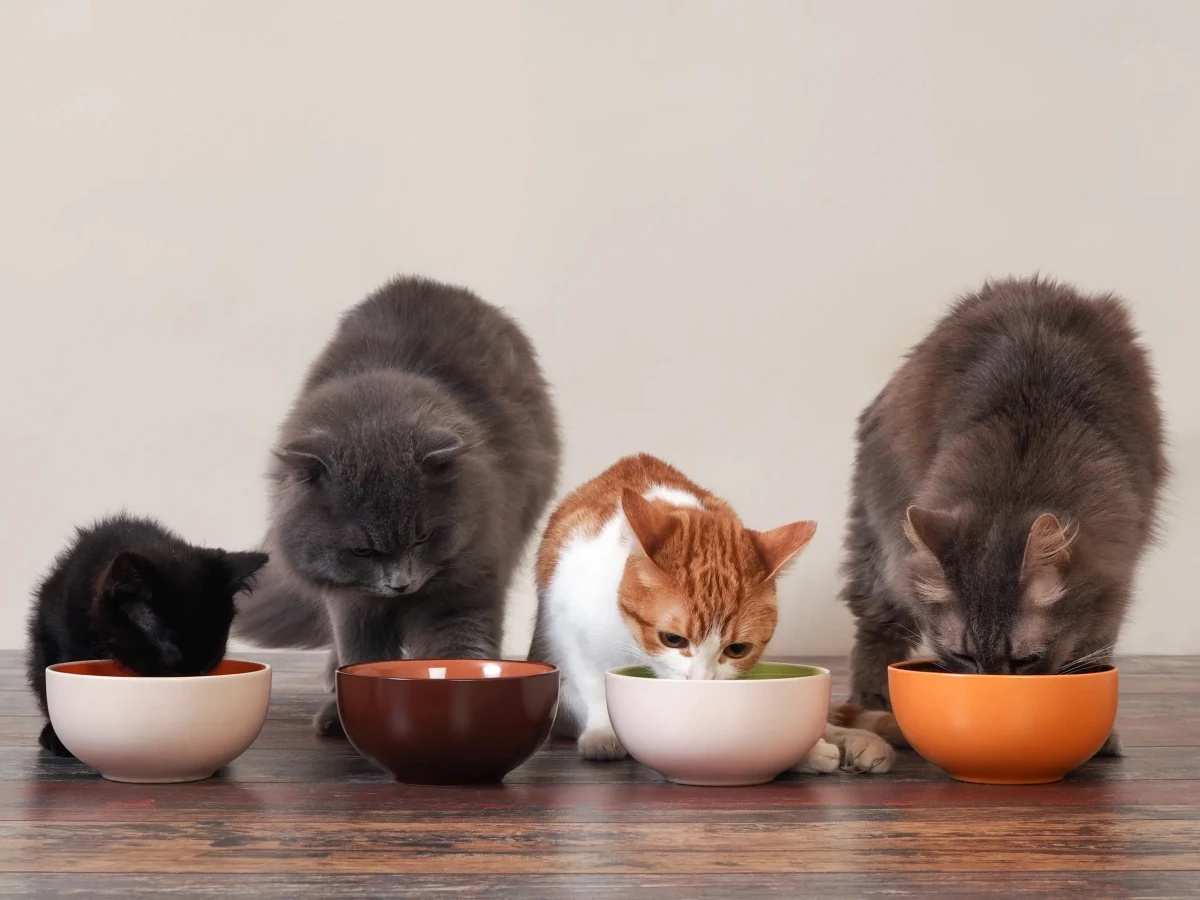
First Things First: Your Cat is a Tiny Tiger
Before you even touch a piece of meat, you have to burn this into your brain: cats are obligate carnivores. That’s not just a fancy label; it’s their entire operating system. It means they are biologically built to get their life-sustaining nutrients from animal tissue, and they simply cannot thrive on plant matter.
Protein, Fat, and (Not) Carbs
A cat’s engine runs on protein and fat, period. Their bodies have a constant, high demand for protein and the specific amino acids found in it. Two of the most critical are taurine and arginine.
- Taurine: Here’s the deal. Dogs and people can make their own taurine. Cats can’t. They have to get it from their food, specifically from animal muscle and organ meat (the heart is a taurine goldmine). A taurine deficiency is a silent creeper that leads to a devastating heart condition called dilated cardiomyopathy (DCM), blindness, and digestive failure. I’ve seen cases where cats fed unbalanced homemade diets developed heart failure. It’s tragic and totally preventable.
- Arginine: This little amino acid is crucial for processing ammonia, a toxic waste product from breaking down all that protein. A single meal without enough arginine can cause a toxic buildup in their blood. It just goes to show how specialized their system is.
Fat is your cat’s main fuel source. Animal fats also deliver essential fatty acids, like arachidonic acid, that they can’t produce themselves. This isn’t just for a glossy coat; it’s fundamental for skin health, organ function, and managing inflammation.
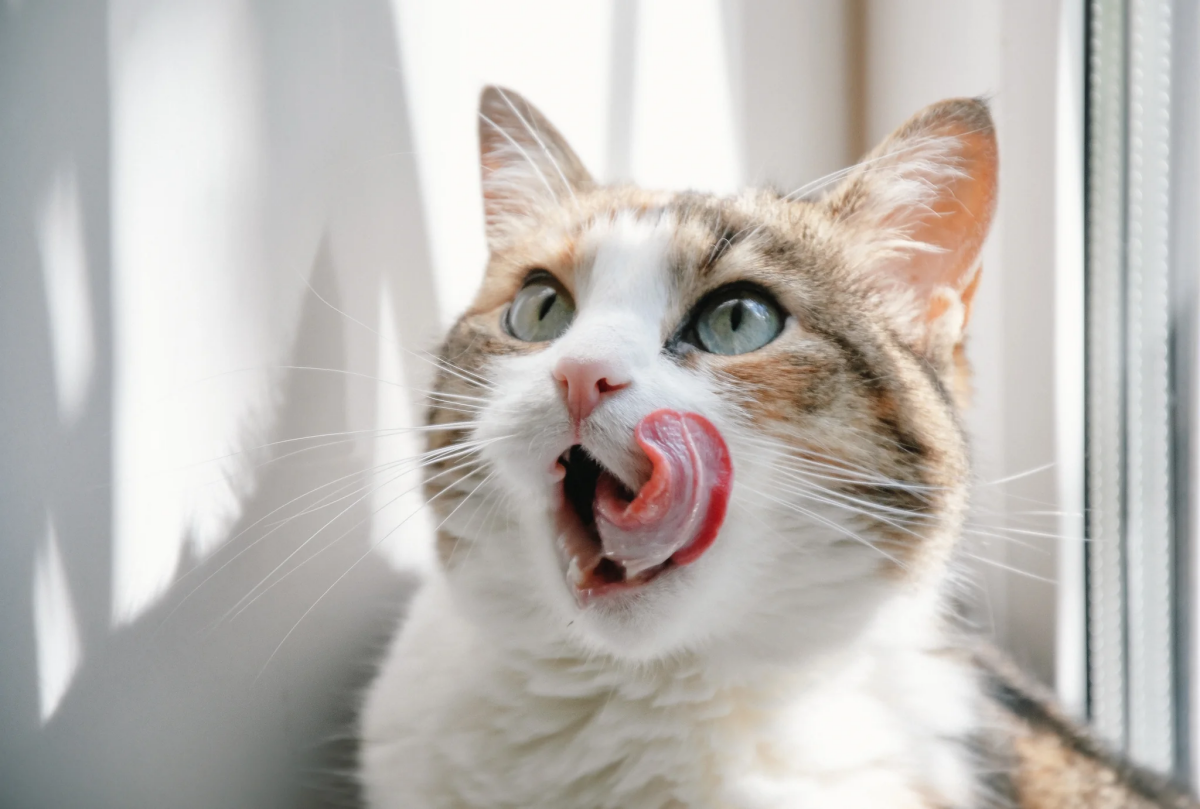
And carbohydrates? This is where so many diets go wrong. A cat’s digestive tract is short and acidic, designed to blast through meat quickly. They don’t have the right enzymes to handle a bunch of starches from things like corn, rice, or potatoes. A carb-heavy diet puts a huge strain on their pancreas and can pave the way for obesity, digestive upset, and even feline diabetes. A mouse, their natural meal, is almost all protein, fat, and water—very few carbs.
Why Water is an Ingredient
Cats evolved as desert animals, which means they have a naturally low thirst drive. They’re designed to get most of their hydration directly from their food. Think about it: a mouse is roughly 70% water. Dry kibble? It’s about 10% water. A cat on a dry-food-only diet is often living in a state of chronic, low-grade dehydration. This puts a massive strain on their kidneys and is a major suspect in the epidemic of chronic kidney disease (CKD) in older cats. A good homemade diet, packed with moisture, gives them the hydration their bodies were built for.
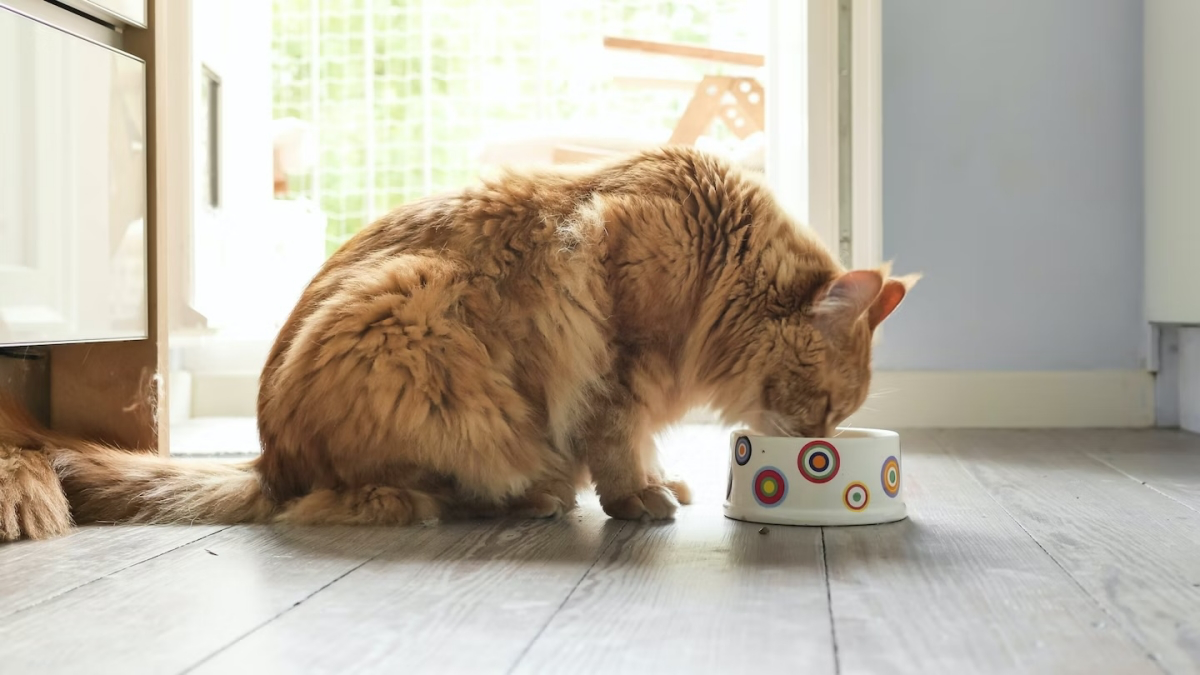
The Blueprint: The Core Ratios for a Balanced Meal
You can’t just wing it. Nutritional science gives us a clear blueprint, often called a “prey model,” which mimics the composition of a small animal. To do this right, you absolutely need a digital kitchen scale. Guessing is not an option.
Here’s the general formula to follow by weight:
- 80-84% Muscle Meat: This is the foundation, providing the bulk of the protein and amino acids.
- 6-10% Edible Bone: This is the non-negotiable source of calcium and phosphorus. The ratio between these two minerals is critical for bone health. Getting it wrong can lead to metabolic bone disease, which is as awful as it sounds.
- 5% Liver: Liver is a nutrient bomb, especially for Vitamin A. But it’s potent. Too much can cause Vitamin A toxicity, a painful condition that can fuse joints. Stick to this 5% rule like glue.
- 5% Other Secreting Organs: Think kidney, spleen, or pancreas. These offer a different mix of minerals and vitamins. (Good to know: Heart and gizzards are considered muscle meats, not organs, but they are fantastic, taurine-rich additions!)
Messing up these ratios is the single biggest risk in making your own cat food. Seriously, use a scale.
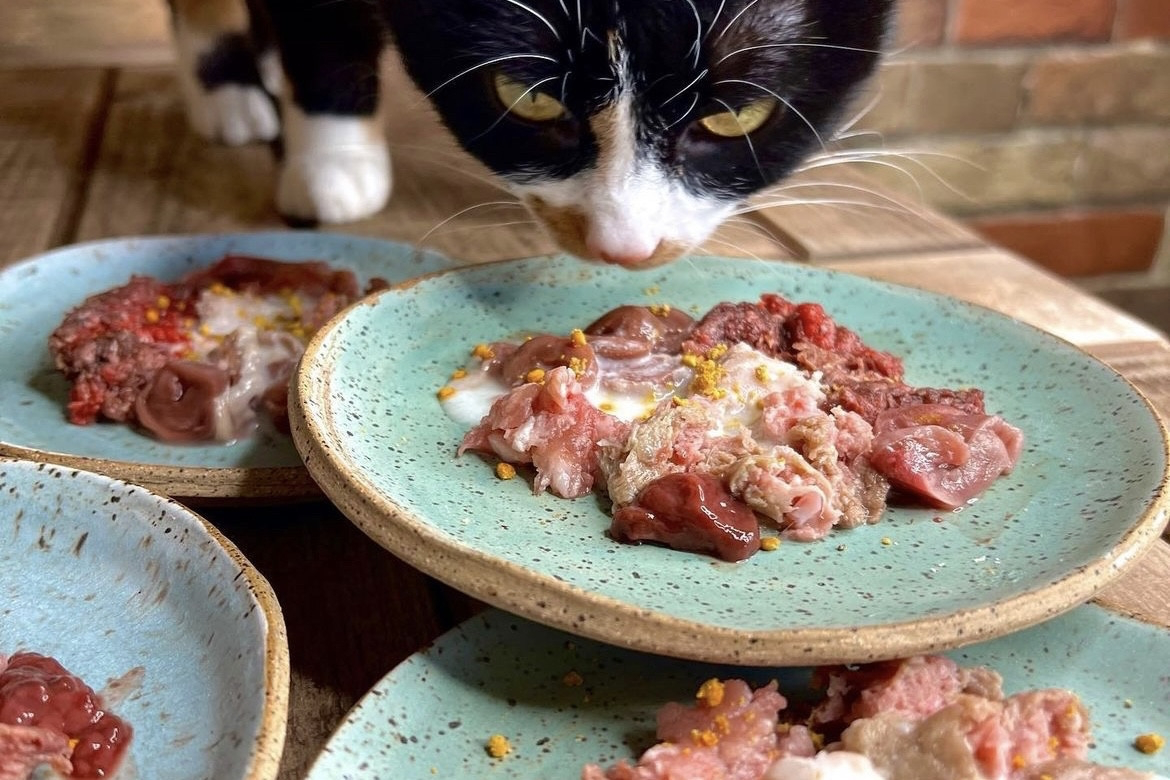
Sourcing Your Ingredients Like a Pro
The final product is only as good as the stuff you put in it. Quality control is now your job.
Choosing Your Proteins
Variety is key. Rotating between a few different proteins provides a wider range of nutrients and can help prevent food allergies from developing. Good options include:
- Poultry: Chicken and turkey are easy-to-find, excellent bases. Pro tip: use thigh meat instead of breast. It has a much better fat-to-protein ratio and more natural taurine.
- Rabbit: This is a fantastic option that’s very close to a cat’s natural prey. It’s often a great choice for cats who are allergic to more common proteins.
- Duck: Another great poultry choice, richer in iron and healthy fats than chicken.
Always buy meat that’s intended for human consumption. And heads up, using pre-ground meat from the supermarket is a bad idea. First, it lacks the ground bone, so there’s no calcium. Second, you have no idea what the fat-to-protein ratio is. And third, the surface area is huge, meaning a much higher risk for bacteria. Just don’t do it.
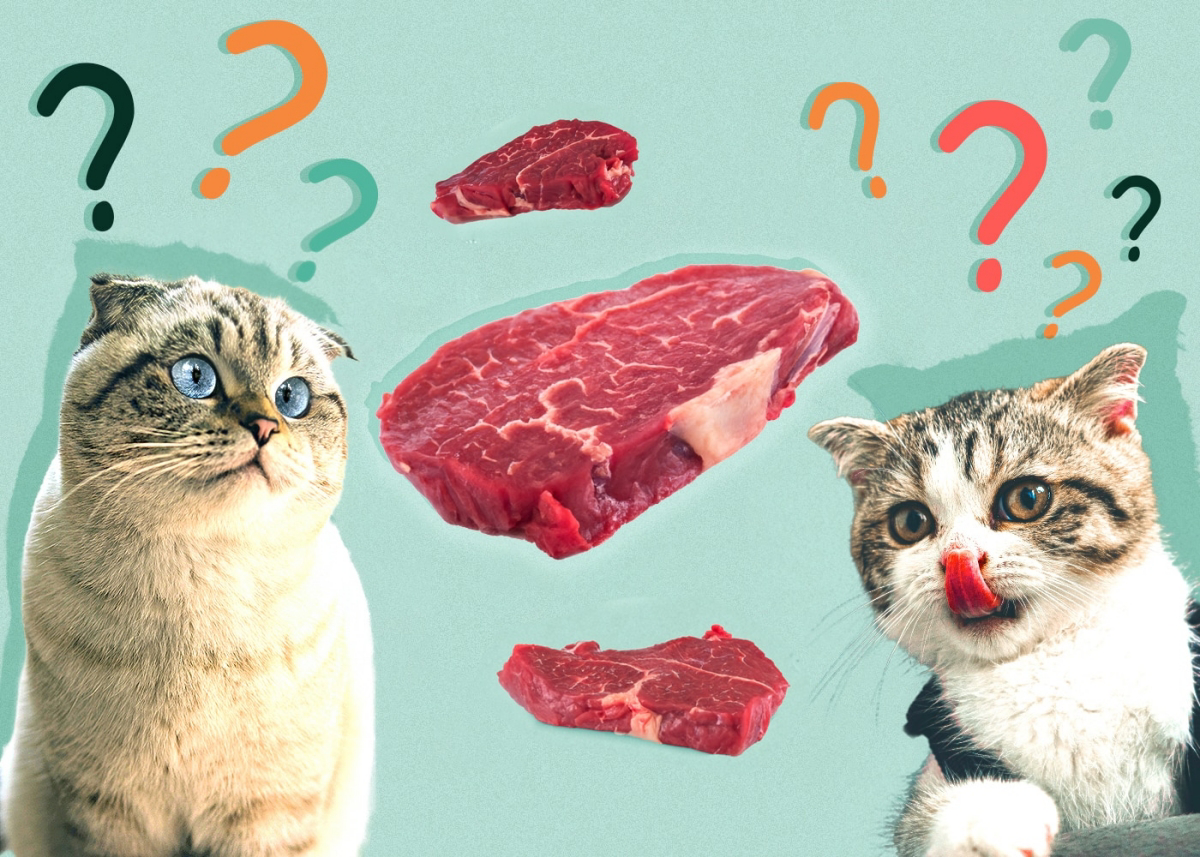
A quick note on fish and pork: I strongly recommend against using raw fish. Many types contain thiaminase, an enzyme that destroys Vitamin B1 and can lead to serious neurological issues. Raw pork can carry a higher parasite risk, so if you must use it, freeze it solid for at least three weeks first.
The Calcium Component: Bones or a Supplement?
You have two solid paths for providing that essential calcium.
- Grinding Raw Bones: This is the gold standard if you have a powerful meat grinder. It provides calcium and other minerals in their most natural form. Soft bones like chicken necks, wings, or rabbit ribs are perfect. I’m going to say this in all caps because it’s a life-or-death matter: NEVER, EVER FEED COOKED BONES. They become brittle and can splinter, causing choking or fatal internal punctures.
- Using a Supplement: If a grinder isn’t in the cards or you’re making a cooked diet, you must add a calcium source. You can use a food-grade bone meal powder (NOT the kind for gardening) or you can make your own eggshell powder. It’s a great source of calcium carbonate, and it’s super easy to make.
Quick Tutorial: Homemade Eggshell Powder
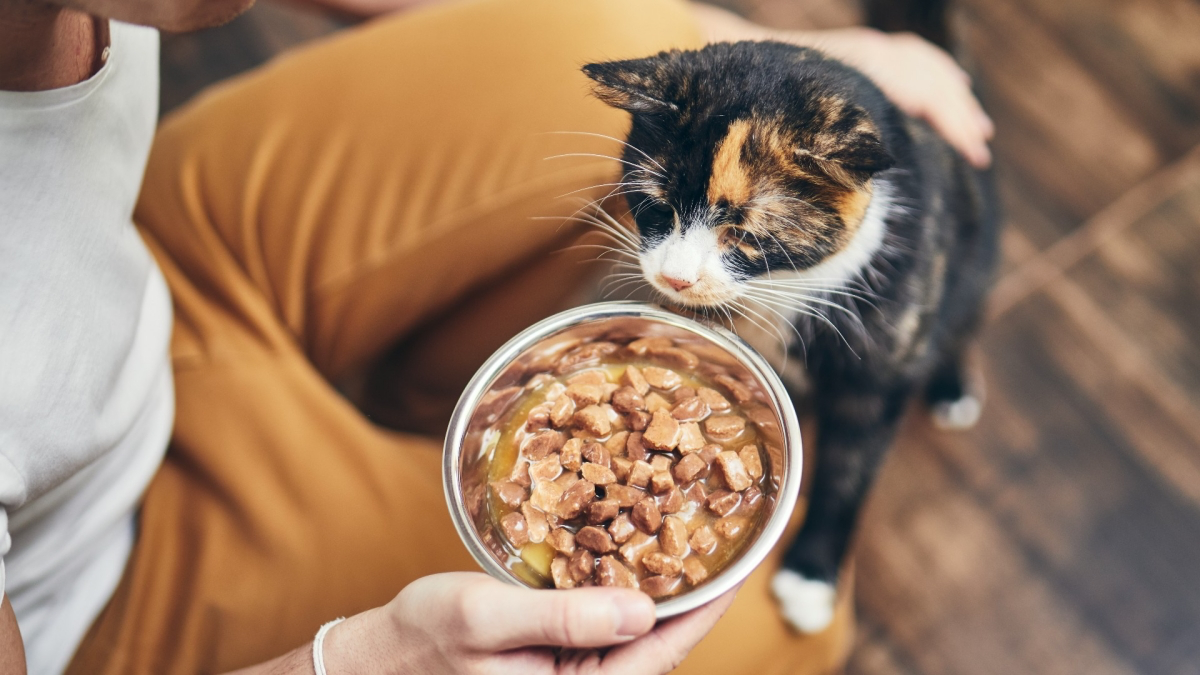
It’s simpler than it sounds. Just save your eggshells, rinse them well, and spread them on a baking sheet. Bake at a low temperature (around 200°F or 95°C) for 10-15 minutes to dry them out and kill any bacteria. Once they’re cool and brittle, blitz them into a super-fine powder using a clean coffee grinder or a high-powered blender. Store it in an airtight jar.
The Must-Have Supplement Kit
Even a perfect prey-model diet can have small gaps, especially after freezing and grinding. These supplements are cheap insurance against serious health problems.
- Taurine: I add this to every single batch, raw or cooked. The grinding and freezing process can degrade some of the natural taurine in the meat. An extra 500mg of pure taurine powder per pound of food is a simple, inexpensive way to protect your cat’s heart. A $15 bottle will last you ages.
- Fish Oil (for Omega-3s): This provides anti-inflammatory fatty acids that are often lacking in farm-raised meat. Use a high-quality fish oil from wild-caught salmon or sardines. A good rule of thumb is about 1000mg of fish oil (which is often one pump) per pound of food. Keep it in the fridge!
- Vitamin E: This is a non-negotiable partner to fish oil. The Vitamin E (use the d-alpha-tocopherol form, not the synthetic stuff) acts as an antioxidant to prevent the oils from oxidizing in the body. Add about 40 IU for every pound of food you make.
- Kelp Powder (for Iodine): Modern soil can be depleted of iodine, which is essential for thyroid health. A tiny bit of organic kelp powder provides a natural source. A good measurement to follow is about 1/8 teaspoon per pound of food.

The Gear and the Game Plan
Making cat food is all about batching. I usually block out a couple of hours on a Sunday to make a one- or two-month supply. The right gear makes all the difference.
Essential Equipment
- A Heavy-Duty Meat Grinder: This is the big investment. Don’t even try it with a stand mixer attachment; you’ll burn out the motor. You need a dedicated meat grinder, at least a
8 or
12 size. Brands like LEM or Weston are popular, and a good one will run you between $150 and $250. It’s a one-time purchase that makes the whole process possible.
- A Digital Kitchen Scale: I know I keep saying it, but precision is everything. You can get a great one online for under $20.
- Large Stainless Steel Bowls: They’re non-porous and super easy to sanitize.
- Freezer-Safe Storage: I love 4-ounce or 8-ounce deli containers, or even silicone ice cube trays for smaller portions.

The Grinding Process, Step-by-Step
- Sanitize Everything: Start with a clean battlefield. Sanitize your sink, counters, bowls, and all grinder parts with a weak bleach solution (about a tablespoon of bleach to a gallon of water), then rinse thoroughly.
- Weigh & Prep: Weigh your muscle meat, organs, and bone-in pieces based on your recipe. Cut them into strips that will fit down the grinder’s throat.
- Partially Freeze: Spread the meat and bone pieces on a baking sheet and pop them in the freezer for 30-60 minutes. You want them firm and crispy-cold, not frozen solid. This step is a game-changer for a clean, easy grind.
- Grind: Assemble your grinder. Start with the muscle meat and organs, then feed the bone-in pieces through. You should hear a satisfying crunching, not a high-pitched straining sound. Alternate meat and bone to keep things moving smoothly.
- Mix: In your big bowl, combine the ground mixture. Add your supplements and a little bit of water to help it all mix together into a consistent, coarse pâté.
- Portion & Freeze: Immediately pack the mixture into your containers, leaving a little room at the top for expansion. Label with the date and protein, and get them in the freezer right away. It’ll keep in a deep freezer for 3-4 months.
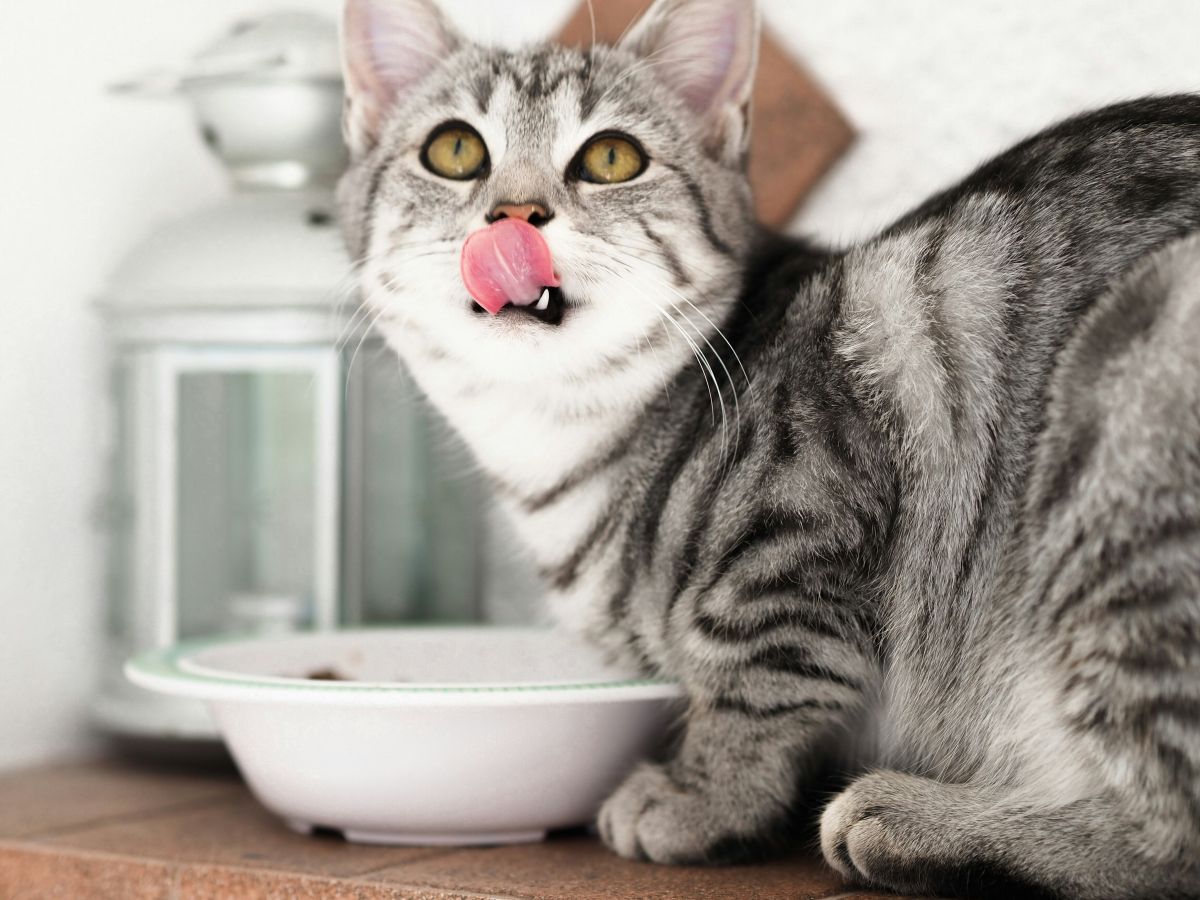
Sample Recipe 1: Beginner’s Cooked Chicken
If you’re new to this, a cooked recipe can feel less intimidating. Cooking kills bacteria but also degrades nutrients and makes bones unsafe, so we rely on supplements for this one.
Yields: Approx. 3 lbs (should last one cat about 1-2 weeks)
Ingredients:
- 2.5 lbs (1135g) Raw Chicken Thigh Meat, with skin
- 5 oz (140g) Raw Chicken Liver
- 400 IU Vitamin E (natural d-alpha-tocopherol form)
- 1 dose of a pet-specific Vitamin B-Complex (powder or liquid, follow package directions – avoid human pills with fillers)
- 2000mg Taurine Powder
- 2000mg Wild Salmon Oil
- 3 tsp Homemade Eggshell Powder (or follow directions for food-grade bone meal)
- 1 cup Water
Instructions:
- Chop the thigh meat into chunks. Put it in a pot with the liver and water.
- Bring it to a gentle simmer. Cook until the meat is just done, maybe 15-20 minutes. Don’t boil it to death!
- Let it cool in its own liquid (that broth is full of good stuff).
- Once cool, you can finely chop it or pulse it in a food processor.
- In a large bowl, mix the meat, broth, and all the supplements until everything is perfectly combined.
- Portion it out. It’ll keep for about 3 days in the fridge, so freeze the rest.
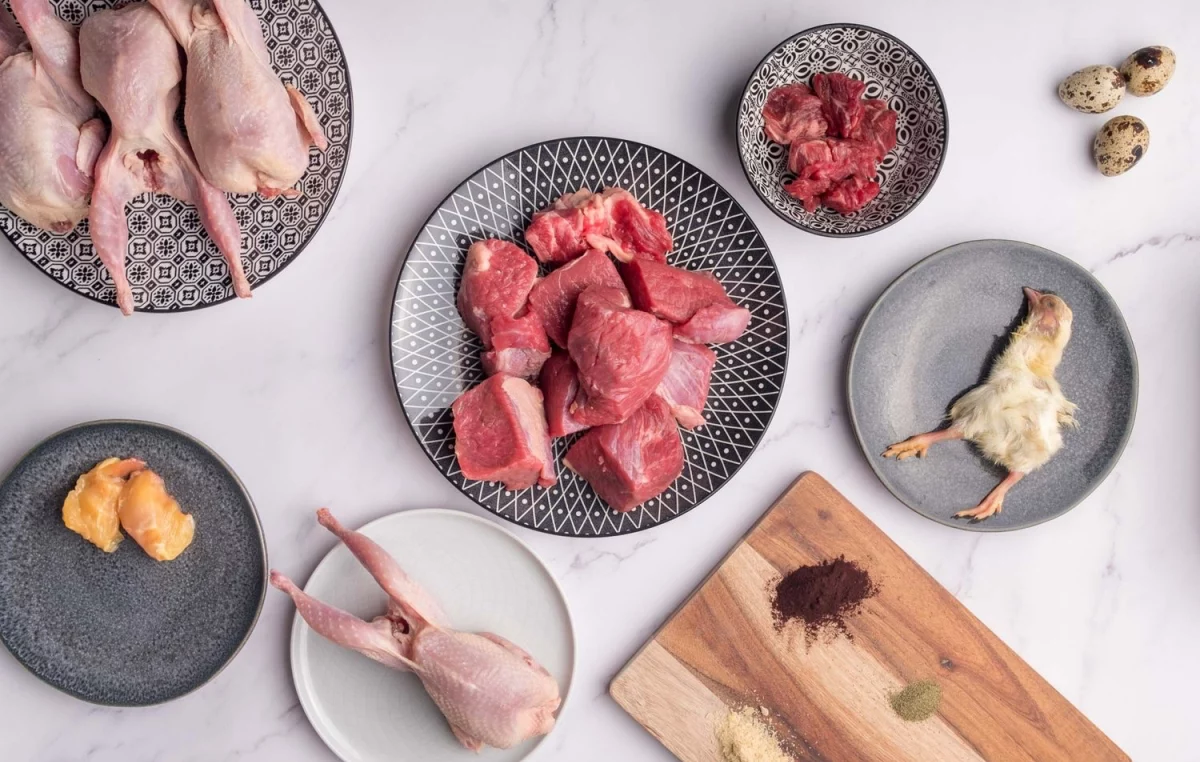
Sample Recipe 2: A Simple Raw Chicken Dinner
This recipe follows the prey-model ratios we talked about. It’s a great example of putting the principles into practice.
Yields: Approx. 5 lbs (a great batch size)
Ingredients:
- 3.5 lbs (1588g) Chicken Thighs (this is your 80% muscle meat, adjusted for bone weight)
- 1 lb (454g) Chicken Necks or Wings (this is your ~10% bone source)
- 1/4 lb (113g) Chicken Liver (your 5% liver)
- 1/4 lb (113g) Chicken Gizzards or other organ like kidney (your 5% other organ)
- 2500mg Taurine Powder
- 5000mg Wild Salmon Oil
- 200 IU Vitamin E
- Approx. 1/2 tsp Kelp Powder
- 1/2 to 1 cup water for mixing
Instructions:
- Follow the “Grinding Process, Step-by-Step” guide above.
- Partially freeze all your meat, bone, and organ pieces.
- Grind everything together, alternating between the different components.
- In a large bowl, combine the ground mixture with all the supplements and the water.
- Mix thoroughly, portion into freezer-safe containers, label, and freeze immediately.
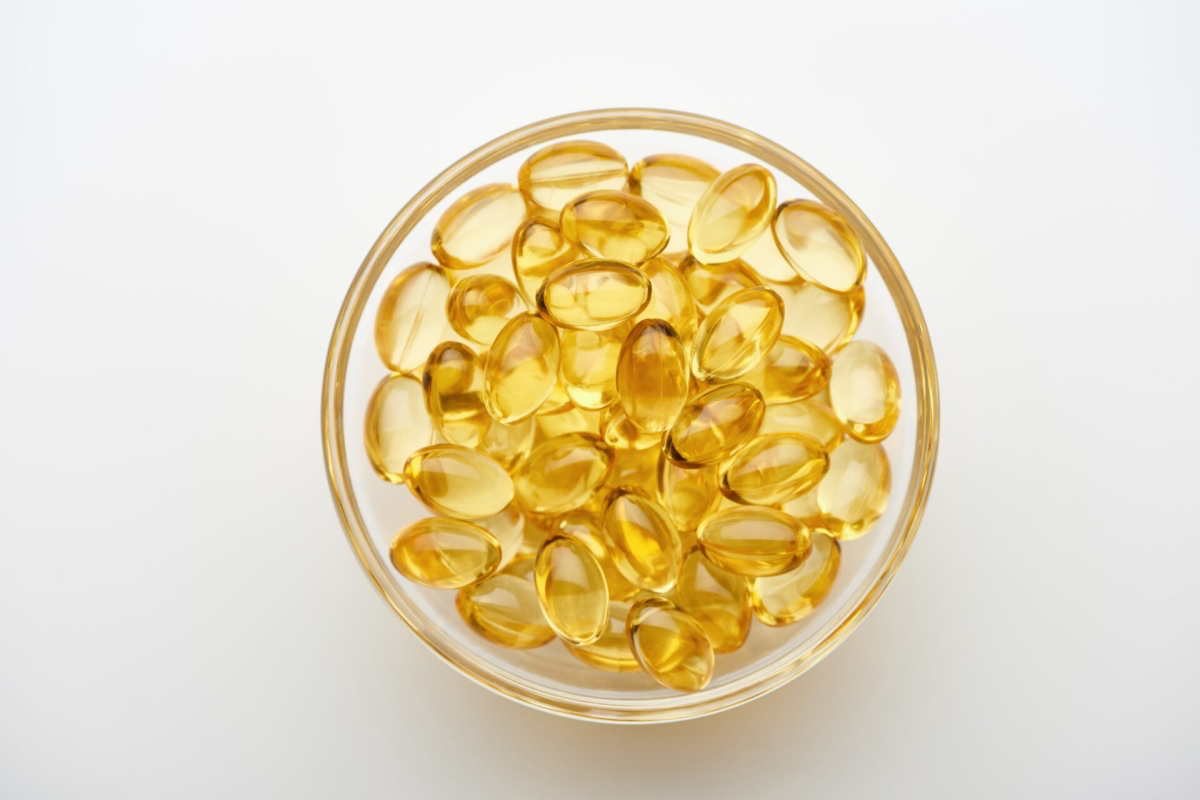
The Million-Dollar Question: How Much Do I Feed?
This is critical. A good starting point is to feed your cat about 2-4% of their ideal body weight per day. So, for a 10-pound cat, that’s 0.2 to 0.4 pounds of food daily (or 3.2 to 6.4 ounces). Active, younger cats will be on the higher end of that range, while older, less active cats will be on the lower end. Split the total amount into two or three meals a day. Watch their body condition and adjust as needed!
Common Sticking Points & Troubleshooting
You’ll likely hit a couple of bumps in the road. It’s normal.
- “My cat has diarrhea!” This is the most common issue. You’re probably transitioning too fast. Back off to the previous ratio of old food to new food for a few days before trying to increase again. Slow and steady wins the race.
- “My grinder is making a terrible noise and jamming!” Your meat isn’t cold enough. If the meat is too warm and soft, the sinew and skin can wrap around the blade. Stop, clean it out, and make sure your meat is firm and almost crunchy before you start again.
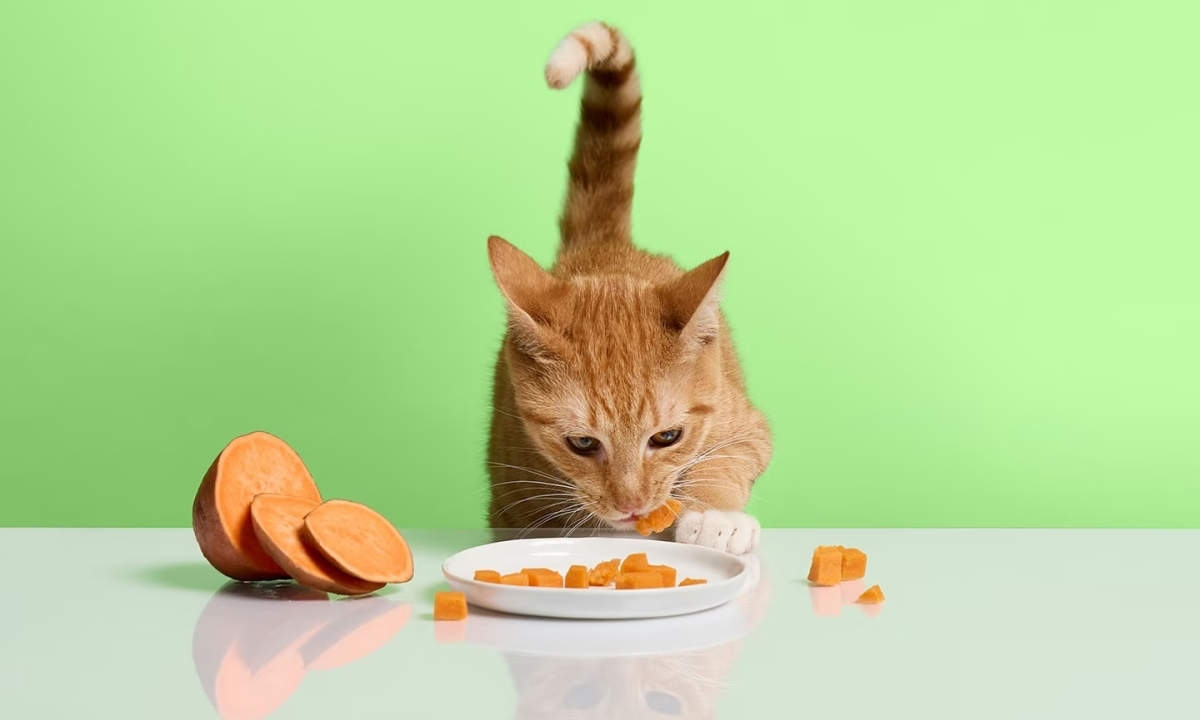
Safety, Risks, and When to Walk Away
Okay, this is the tough-love part. My credibility is built on being honest about the risks.
Food Safety is No Joke
You’re handling raw meat, so the risk of Salmonella or E. coli is real. Wash your hands constantly. Use non-porous cutting boards (plastic or steel, never wood) and sanitize everything when you’re done. Keeping the meat cold throughout the process is your best defense against bacterial growth.
The Biggest Risk: Nutritional Mistakes
The greatest danger to your cat isn’t bacteria; it’s a long-term nutritional imbalance from a bad recipe. Following some random blog post can lead to disaster. If you are not committed to being meticulous, weighing every single ingredient, and using the right supplements, you should not do this.
When a Homemade Diet is a BAD Idea
This path isn’t for everyone. You should stick with a high-quality commercial diet if:
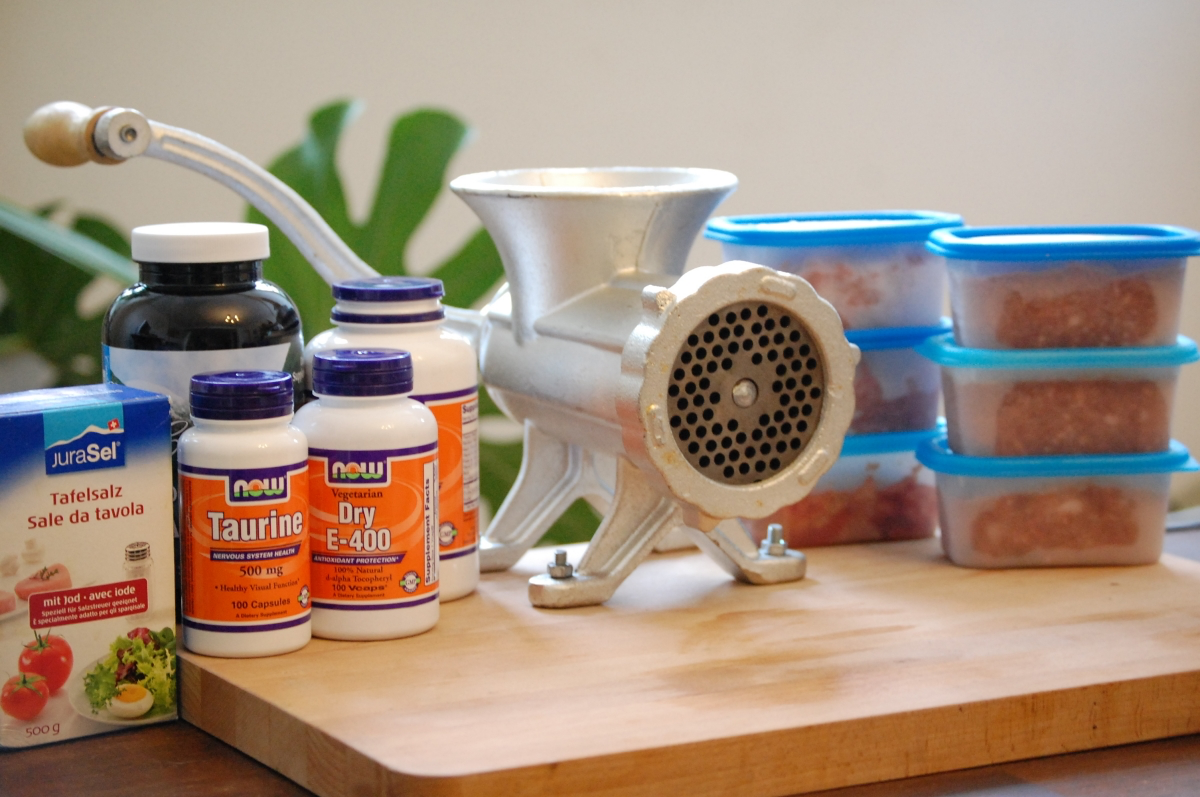
- You’re short on time for the research and regular prep.
- You can’t swing the upfront cost of a good grinder and quality ingredients.
- You’re not a fan of being precise and following recipes to the letter.
- Your cat has a health issue, especially kidney disease, pancreatitis, or urinary problems. These cats need therapeutic diets that are incredibly complex to formulate at home. Please, do not attempt it on your own.
The Big Switch & The Ultimate Reward
Never change your cat’s food overnight. Start by mixing a tiny bit of the new food—like, half a teaspoon—into their old food. Over a week or two, gradually increase the new and decrease the old. If you see any tummy upset, just slow down.
A few months into the new diet, I highly recommend a vet visit for a checkup and some routine bloodwork. It gives you objective proof that the diet is working as it should. The real reward, though, is what you’ll see every day: a thriving, energetic cat with bright eyes, a beautiful coat, and a whole new level of health. And that makes all the work worth it.
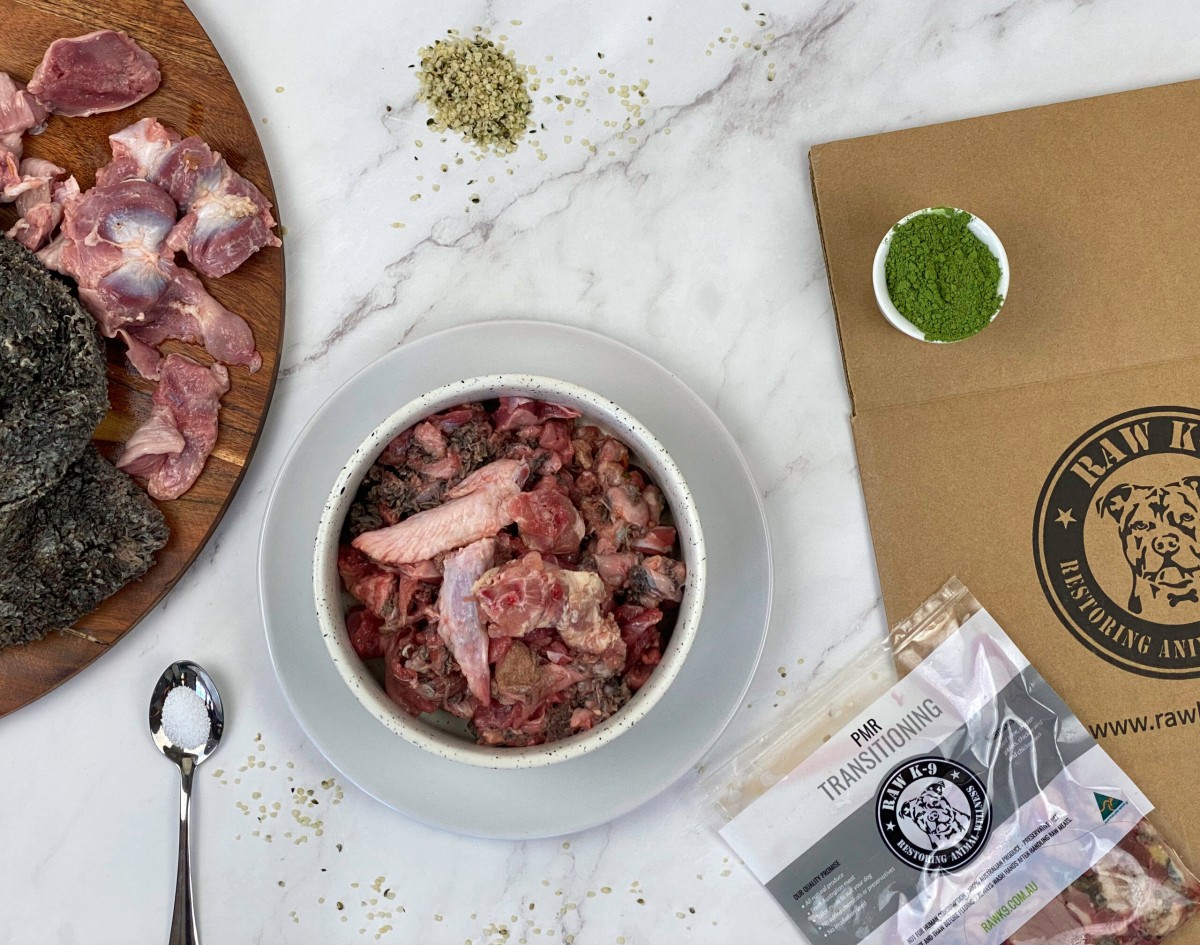
Galerie d’inspiration
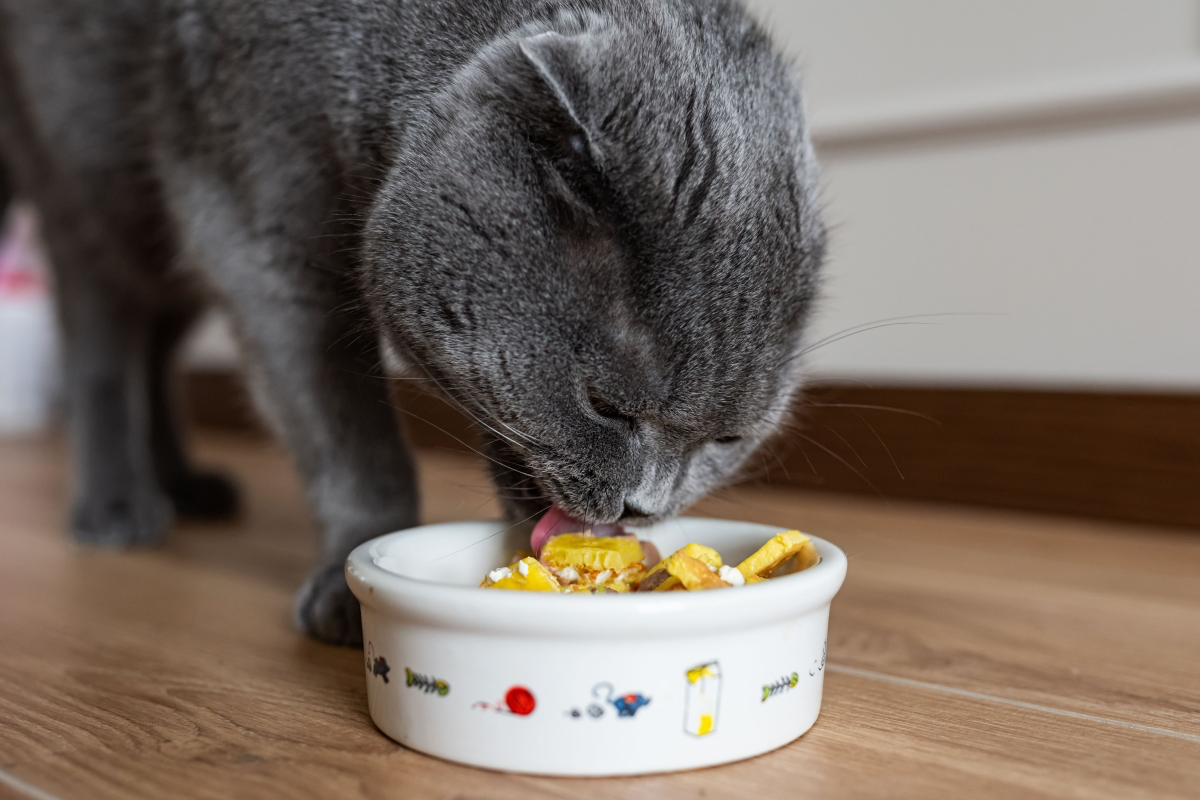
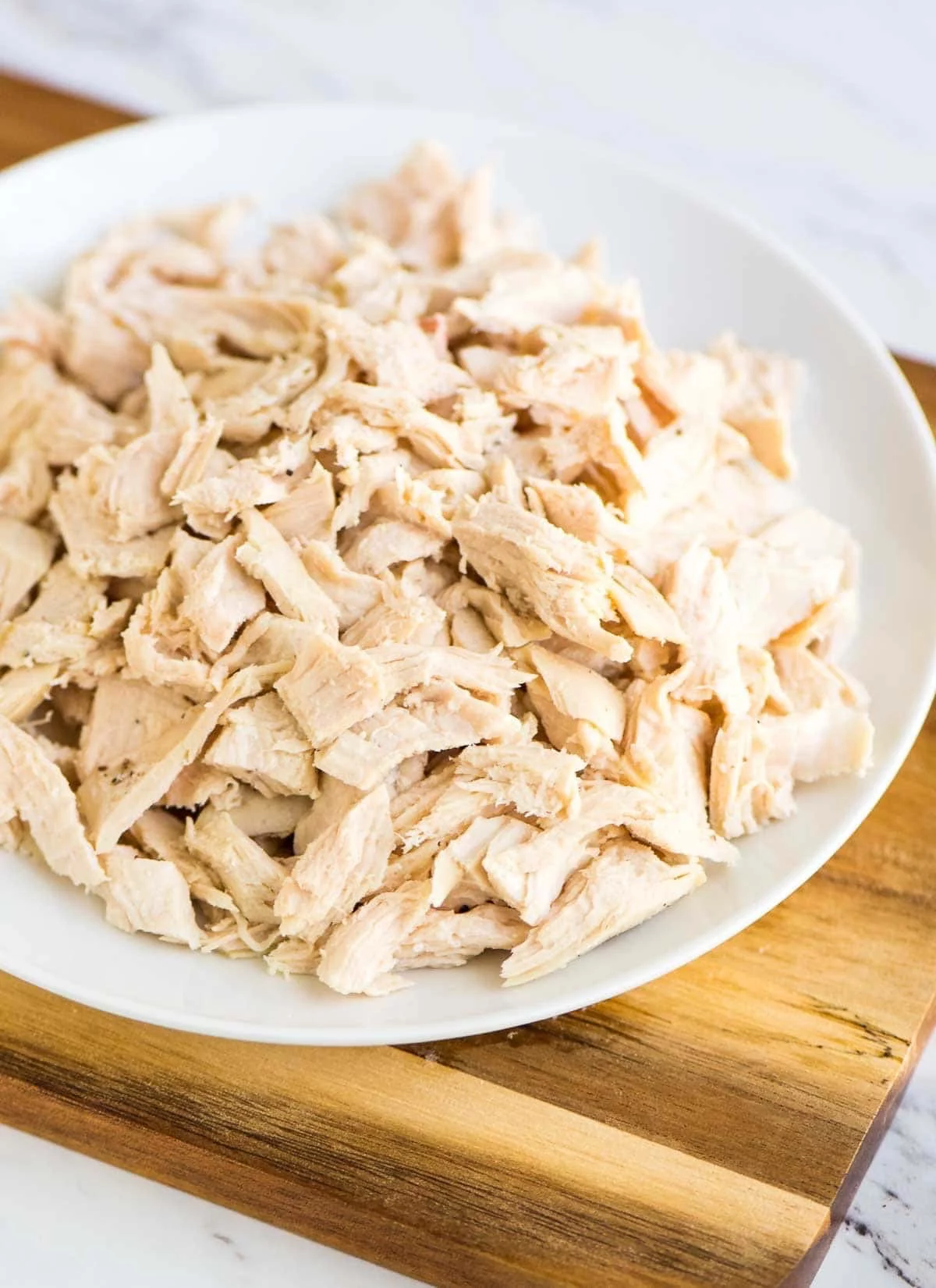
Your kitchen is about to become a nutrition lab. Precision is non-negotiable, and that starts with the right gear. Forget guesswork; invest in these essentials before you begin:
- A reliable meat grinder: The meat grinder attachment for a KitchenAid stand mixer is a popular and robust choice. It needs to handle small bones if your recipe calls for them (and you’ve been advised to do so by a vet).
- An accurate digital scale: Measuring by cups is not precise enough. You need to weigh ingredients, especially supplements, to the gram.
- BPA-free storage containers: Prepare food in batches and freeze it. Small, single-serving glass or silicone containers are perfect for portion control and safe freezing.
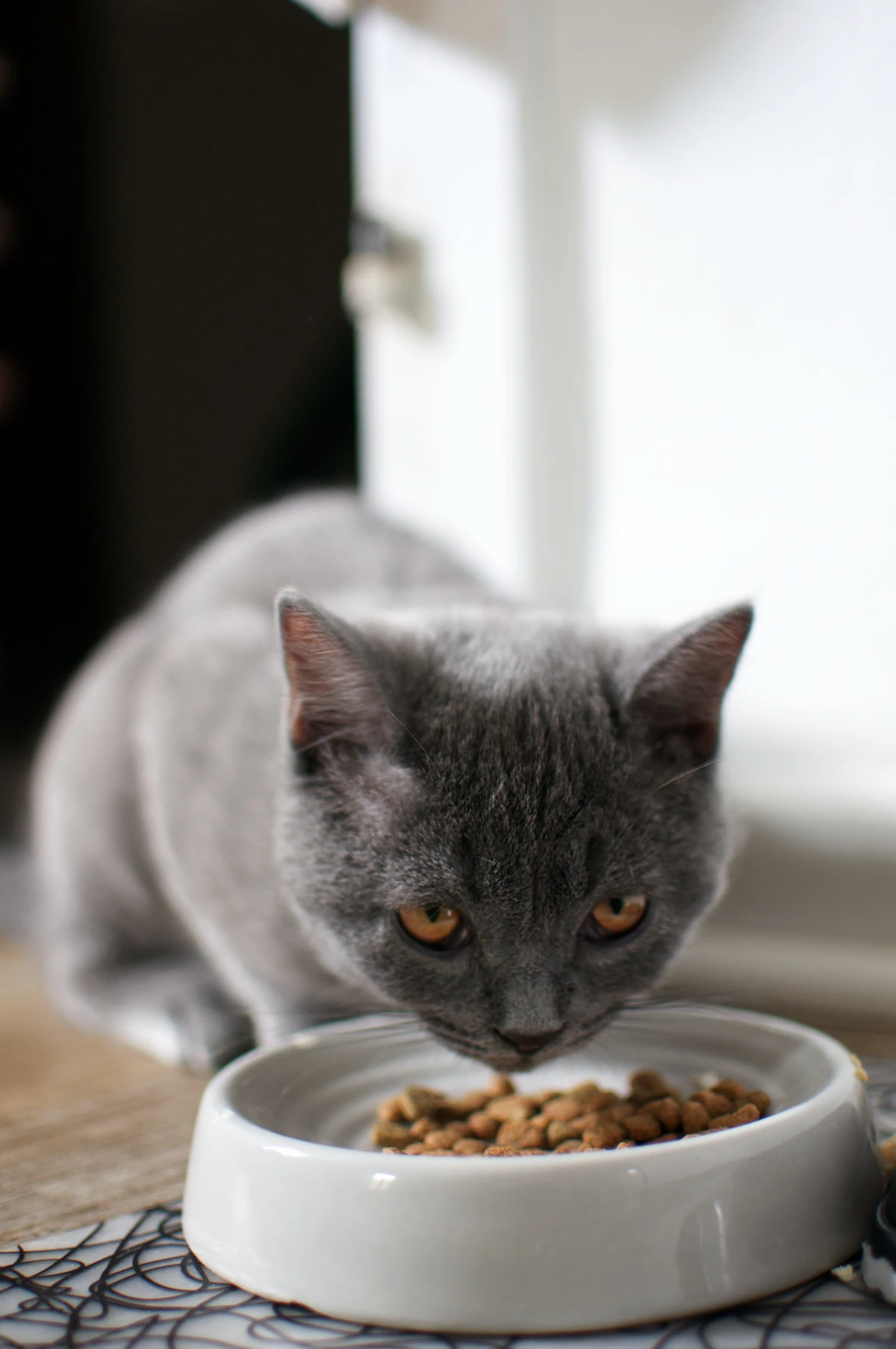
The one thing you can’t eyeball is the supplement mix. While the main article stresses the importance of taurine, it’s just one piece of a complex puzzle that also includes Vitamin E, B-complex vitamins, and specific minerals. Don’t try to create your own blend from scratch. Instead, rely on a pre-formulated supplement mix specifically designed for homemade raw or cooked cat food, like Alnutrin or TCFeline. These products are formulated by nutritionists to complete the recipe and turn a plate of meat into a balanced meal, taking the most dangerous guesswork out of your hands.
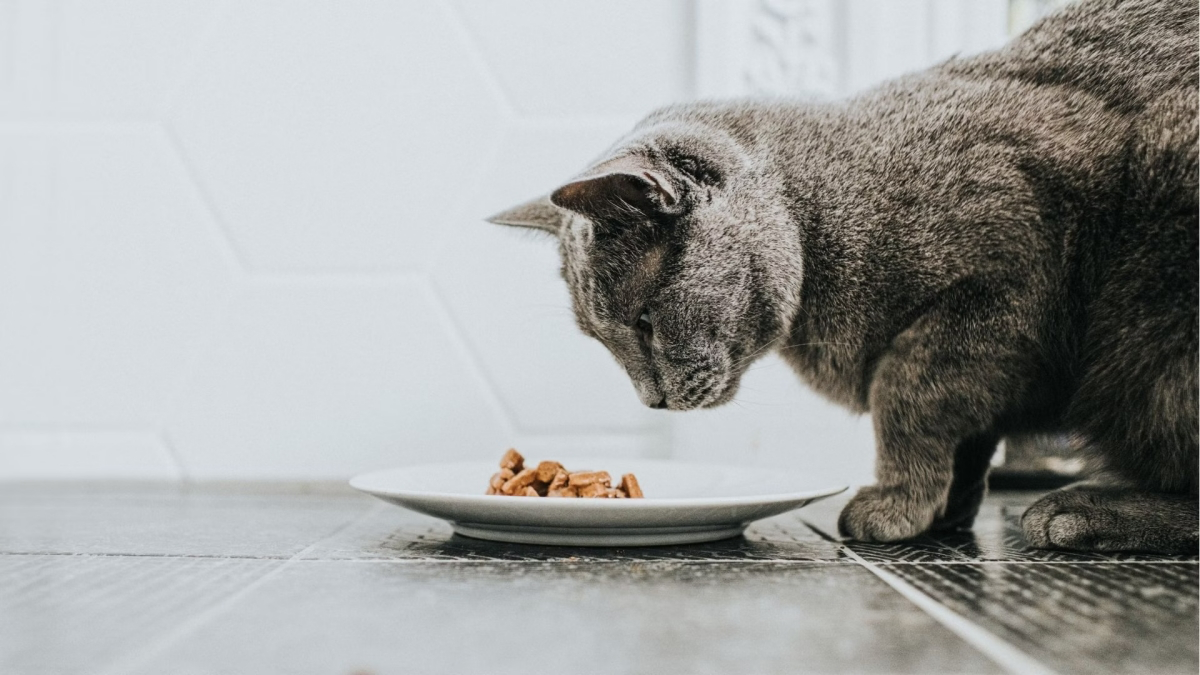
Fact: A cat’s digestive system is designed for small, soft bones from prey like mice, not large, weight-bearing bones from a chicken.
This is a critical distinction. Feeding improperly ground or whole bones can lead to fractured teeth, esophageal tears, or fatal intestinal blockages. While bones provide essential calcium, the risk is often too high for home grinders, which can leave sharp fragments. A safer, vet-approved alternative is to use a specific calcium source, such as finely powdered eggshells (using a clean coffee grinder) or a plain calcium carbonate supplement, to balance the phosphorus in the meat.
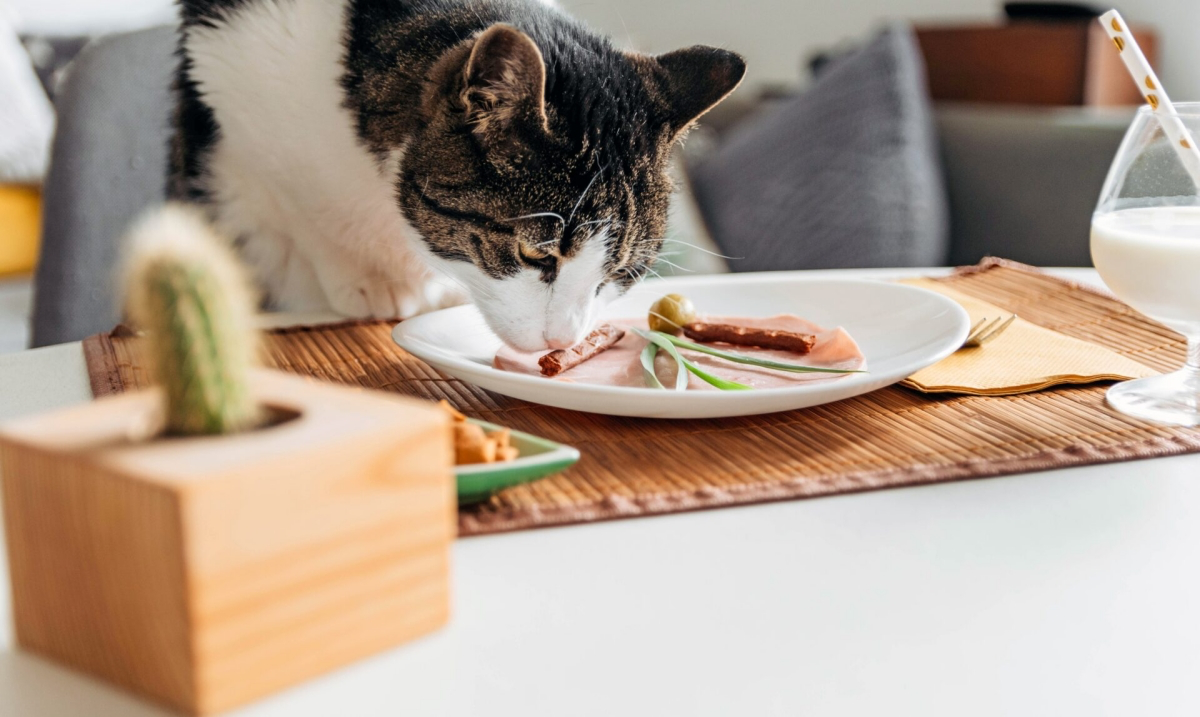
Can I just use chicken breast? It’s lean and easy!
It’s a common first thought, but a costly mistake. Cats need fat for energy, not just protein. Chicken breast is too lean and lacks the nutrient profile of darker meat. A diet of only lean muscle meat will be deficient in fat, essential fatty acids, and key vitamins. Always opt for darker meat like chicken or turkey thighs (with skin) and incorporate about 5-10% organ meat, especially heart for its high taurine content, to better mimic the composition of natural prey.
Chicken Thighs: The go-to for many starters. They are affordable, readily available, and offer a great protein-to-fat ratio, especially with the skin on. Their nutrient profile is a solid base for most recipes.
Rabbit: The gold standard. As a “novel protein,” it’s fantastic for cats with allergies to common meats like chicken or beef. It closely mimics a natural feline diet but comes with a significantly higher price tag and can be harder to source.
For most, starting with chicken or turkey thighs makes the most sense both financially and practically.










